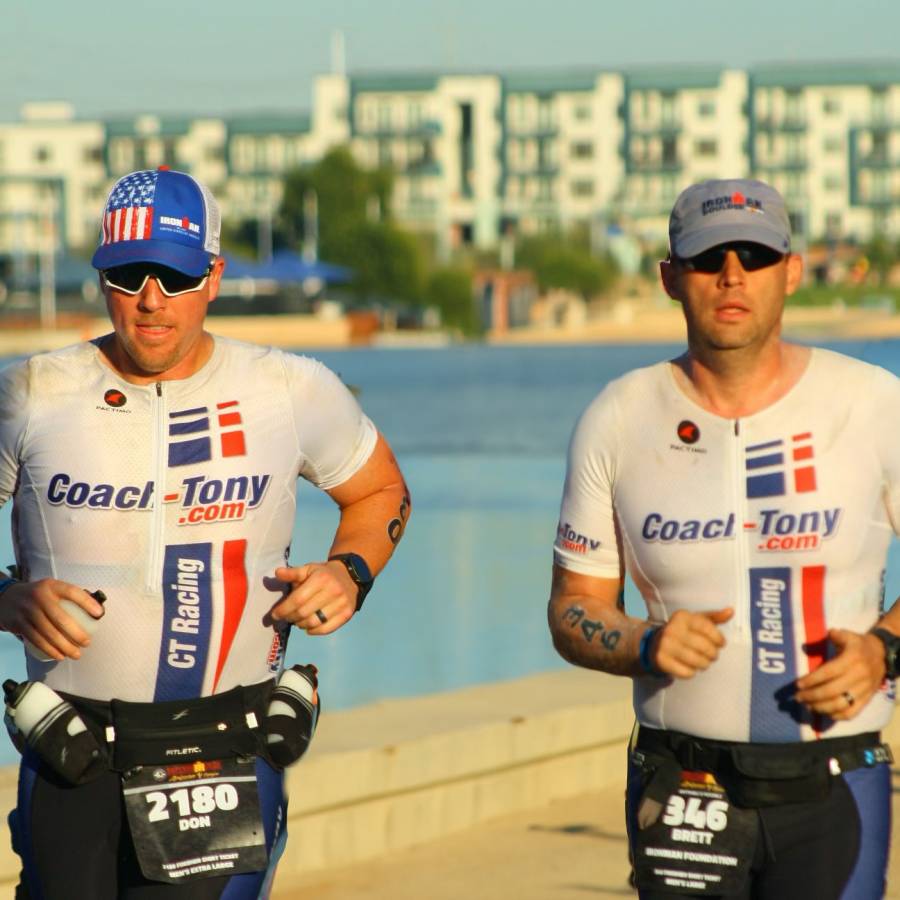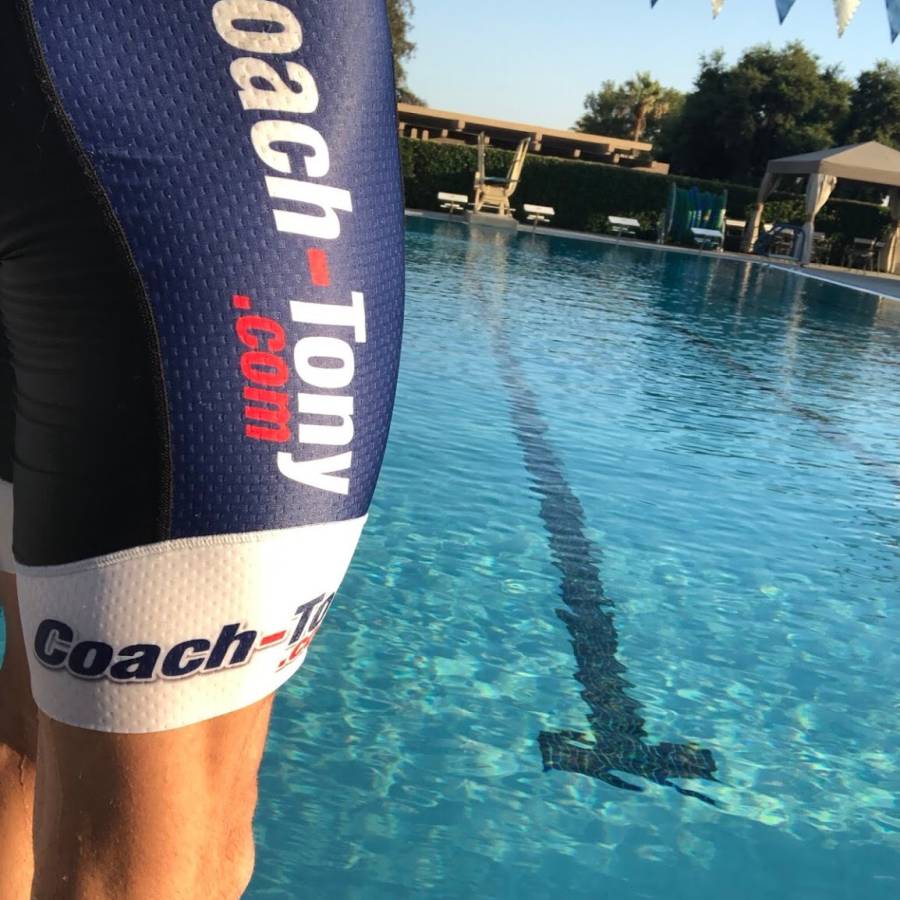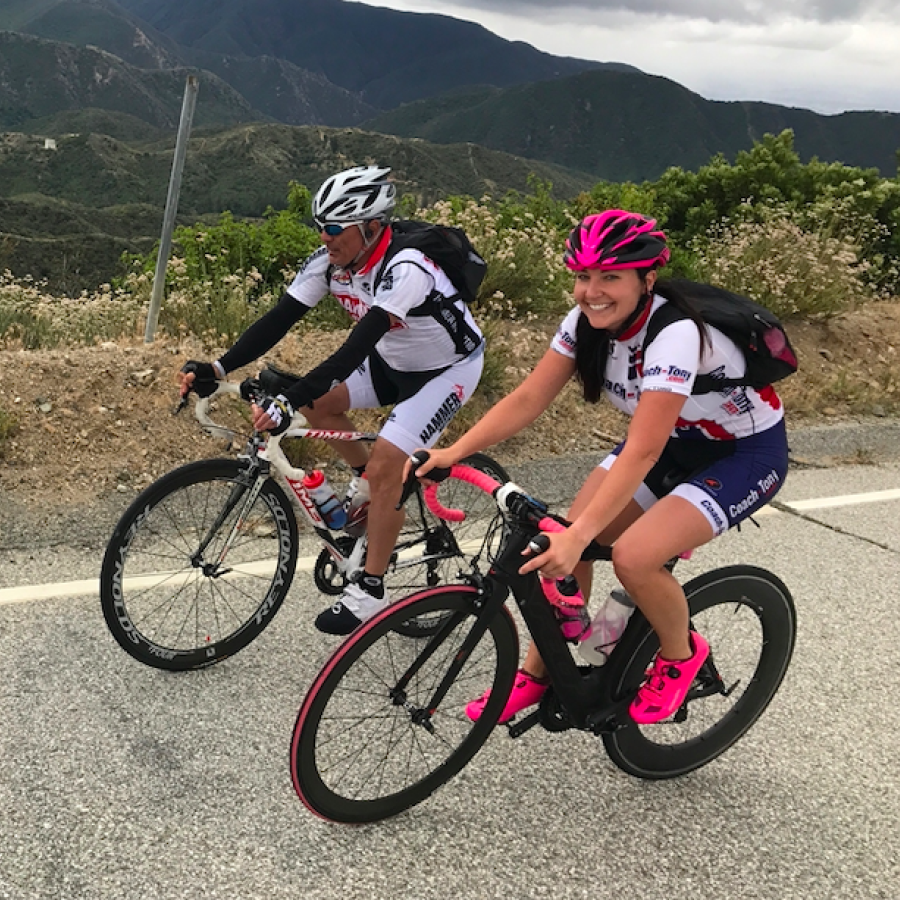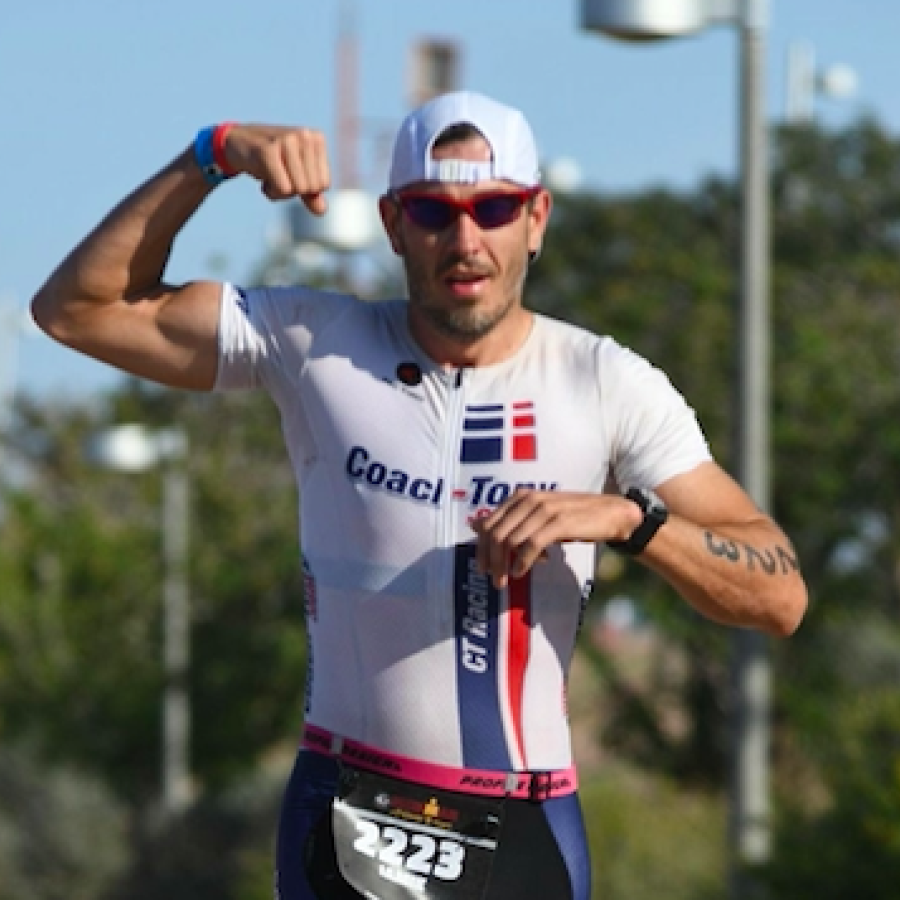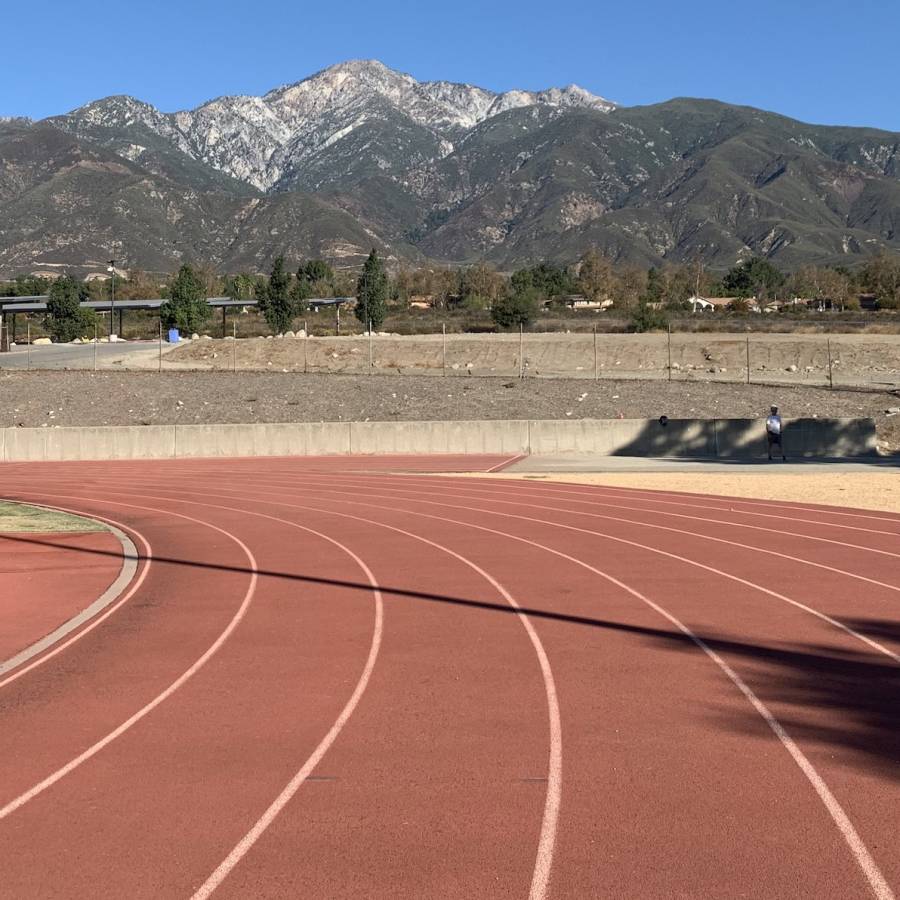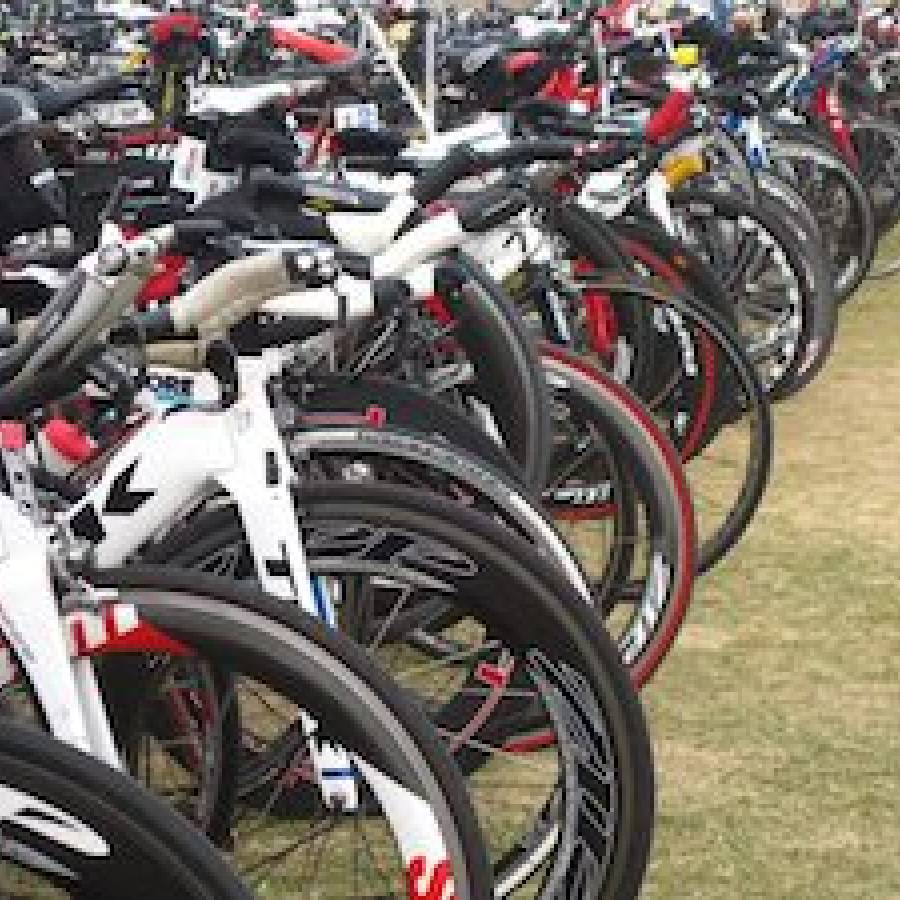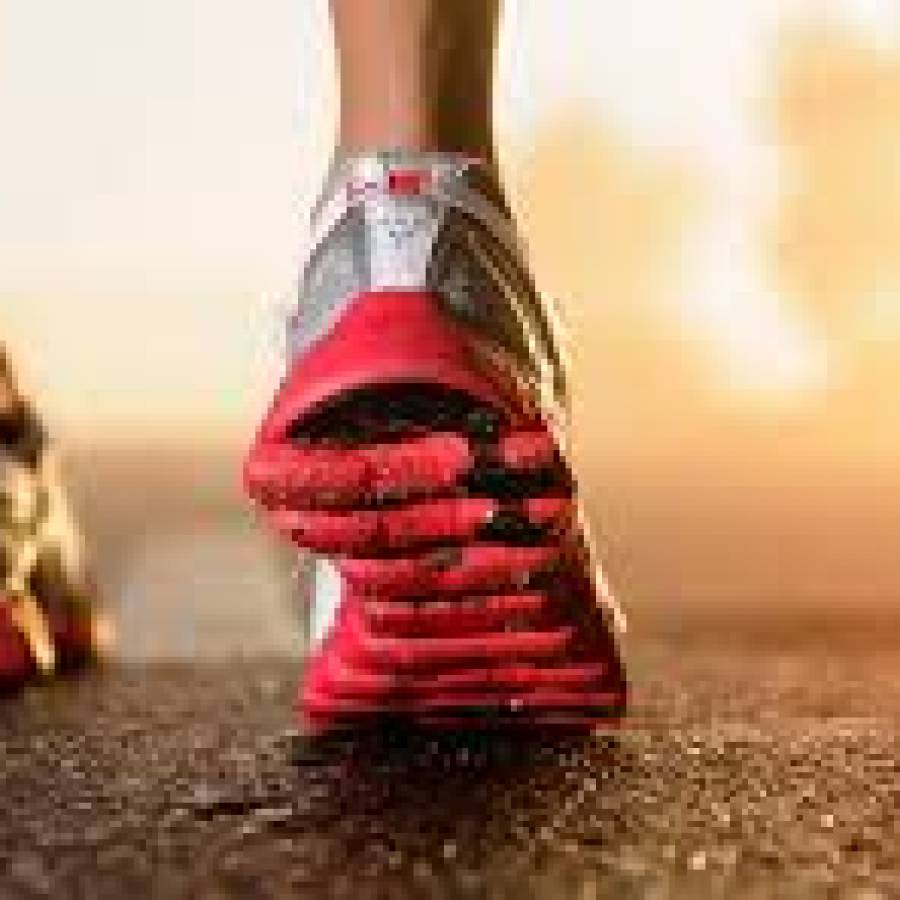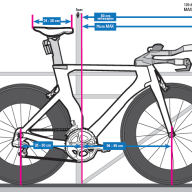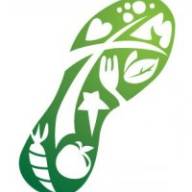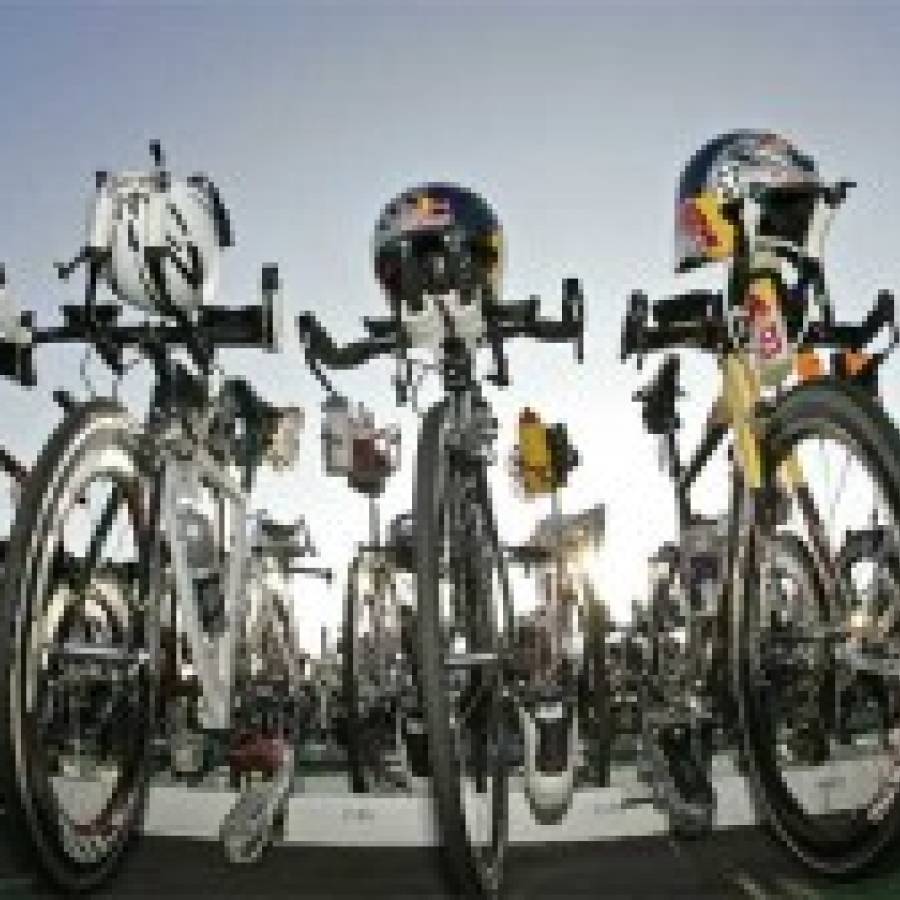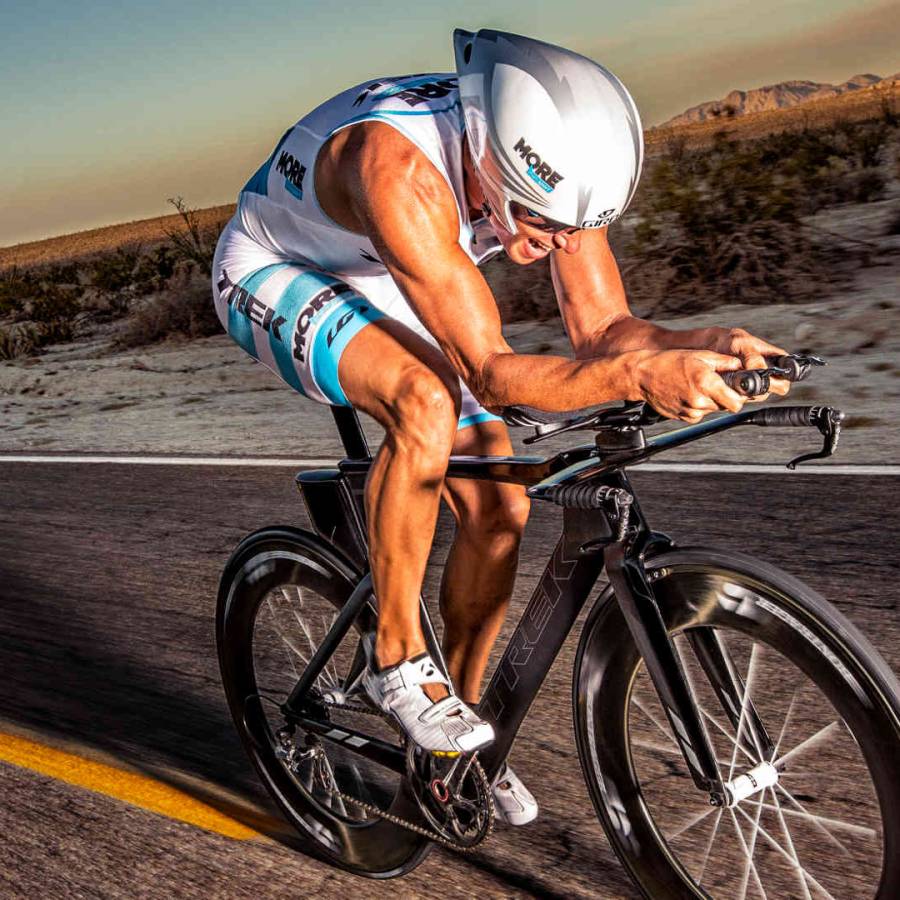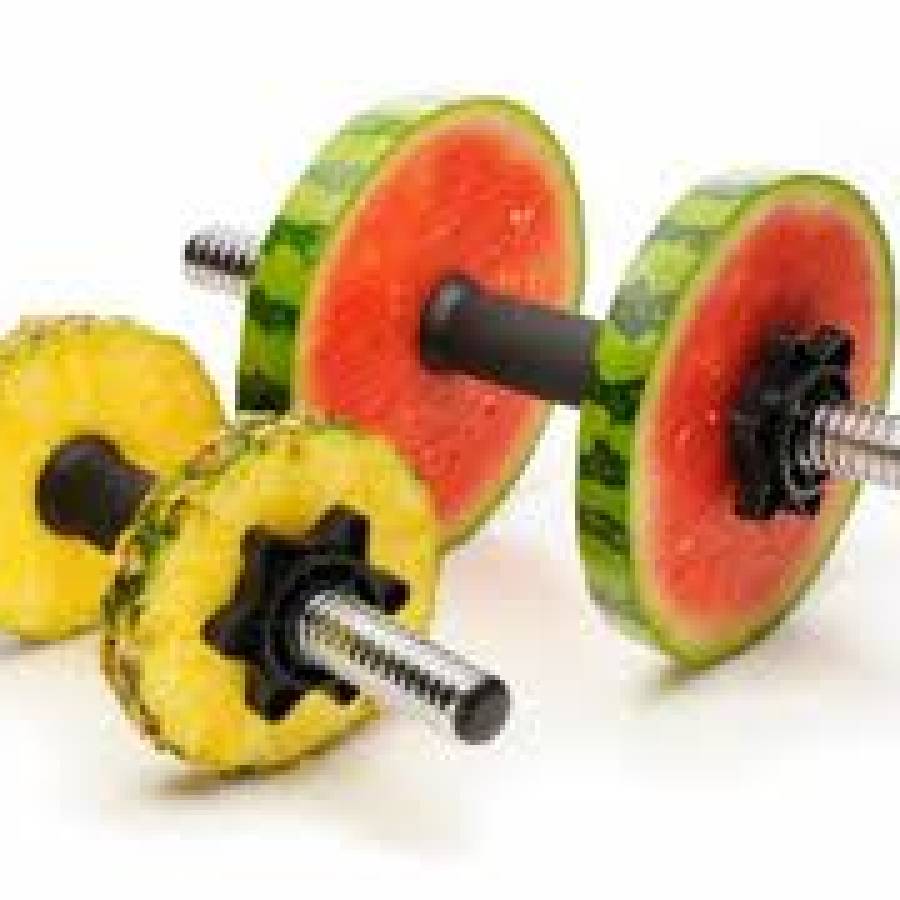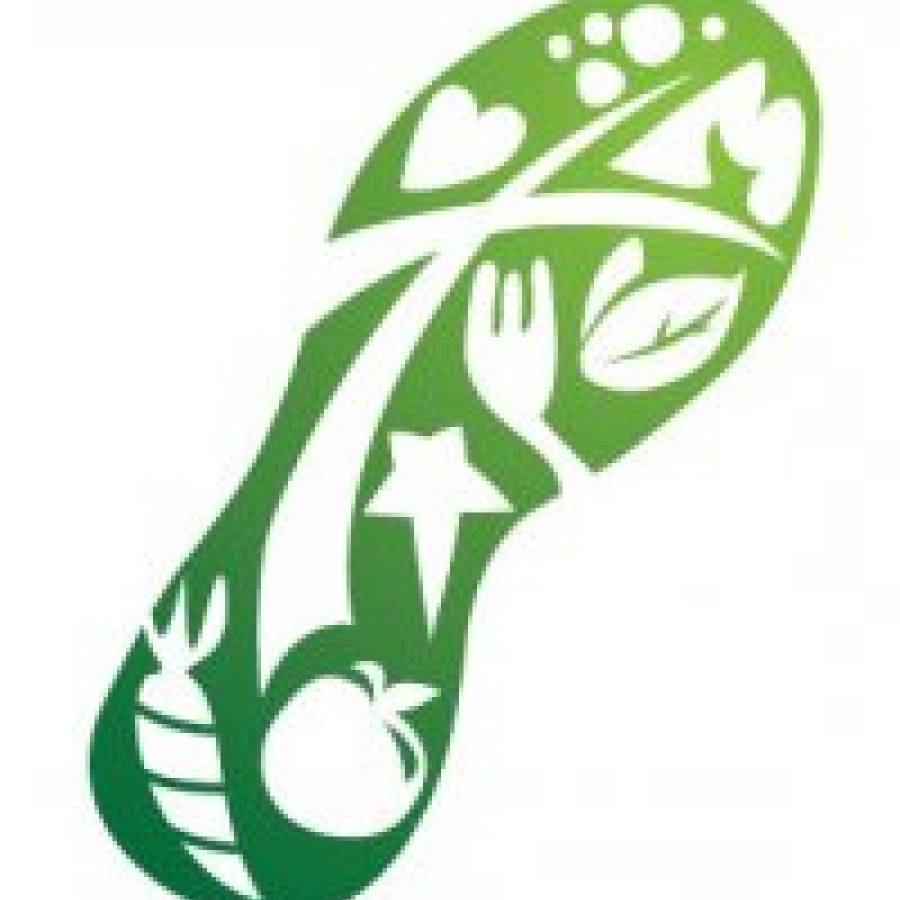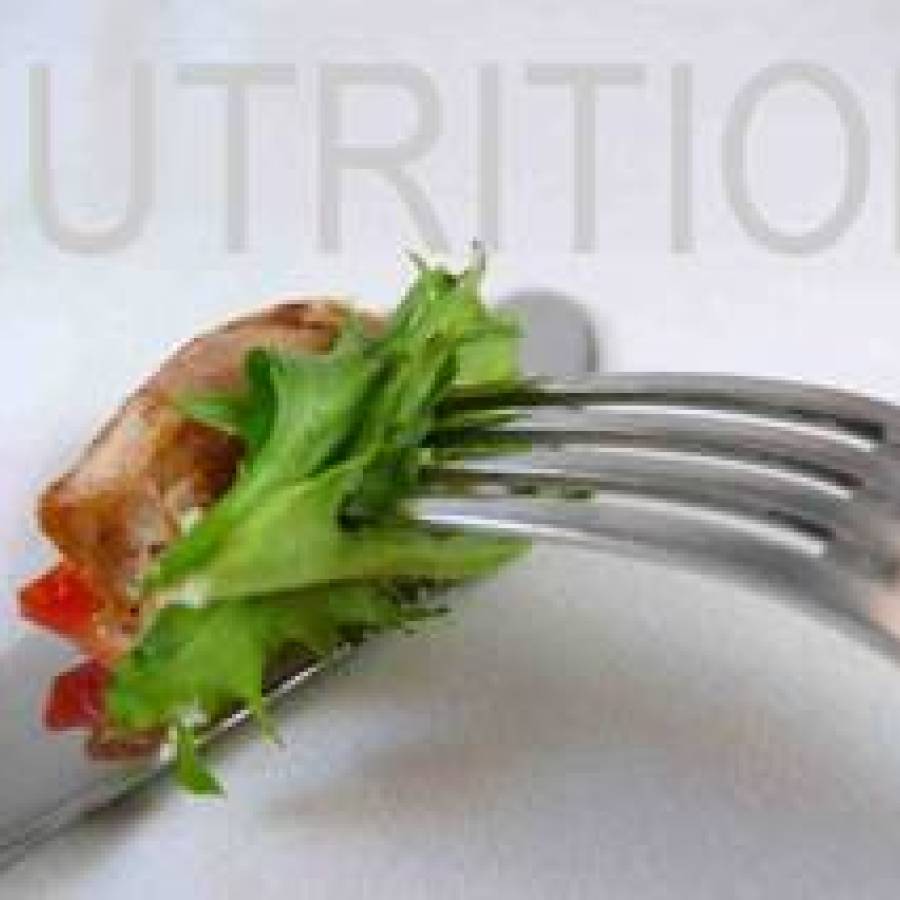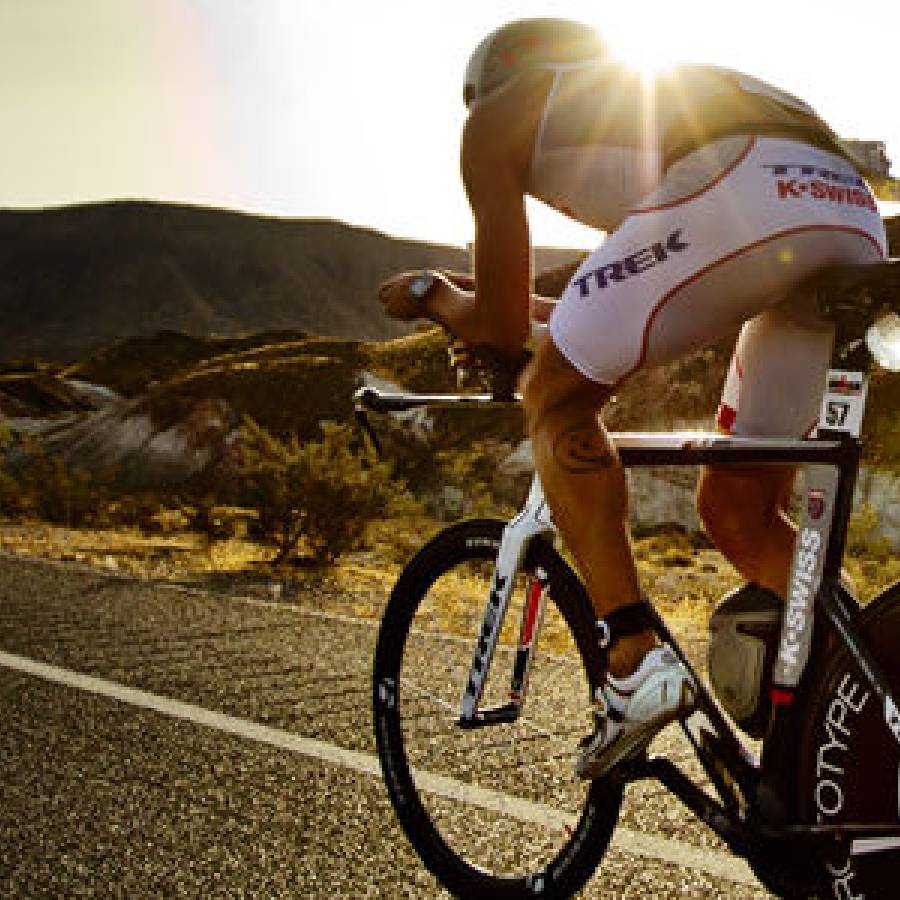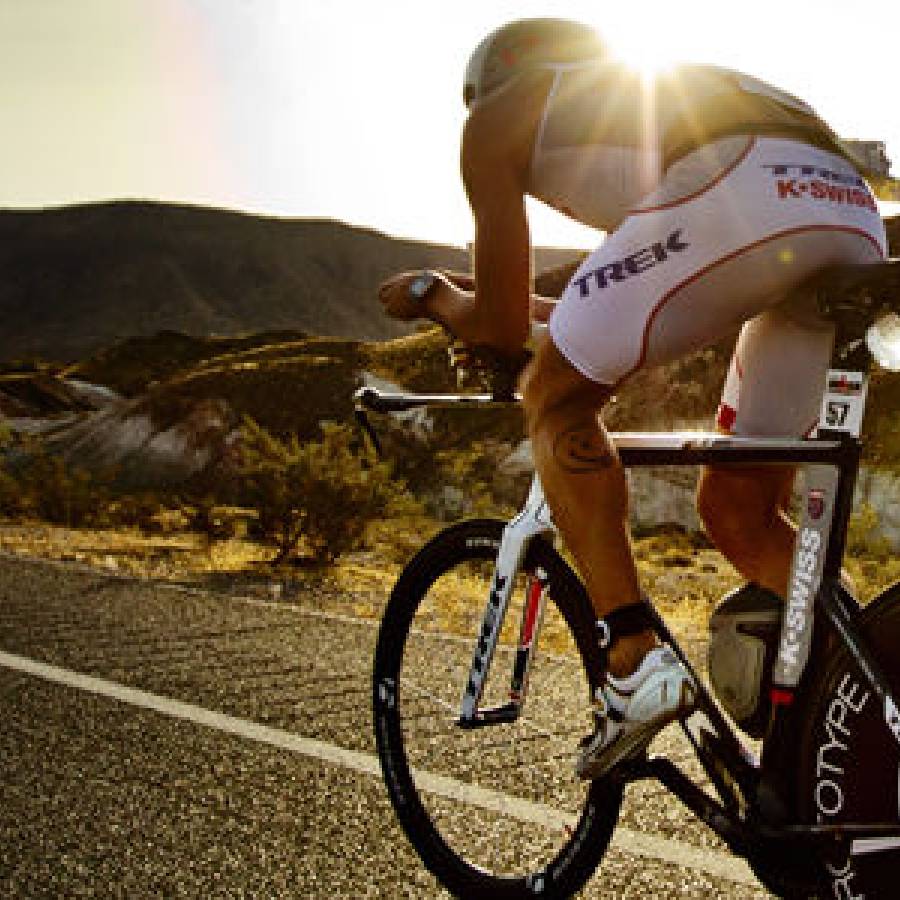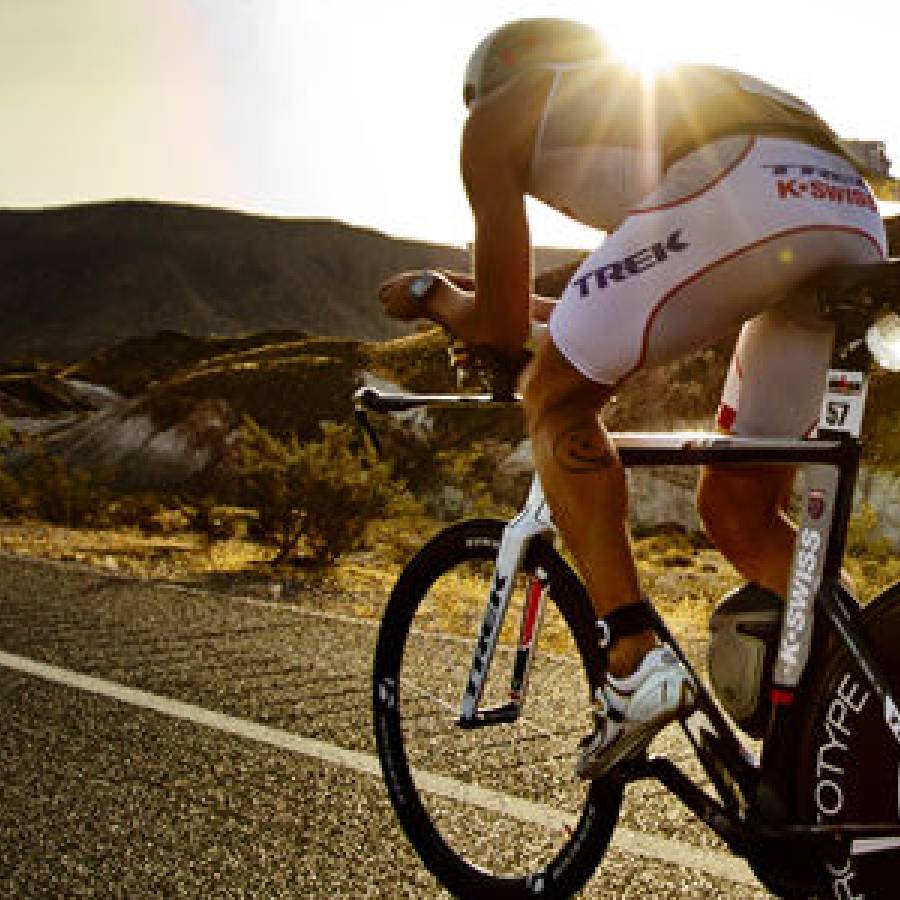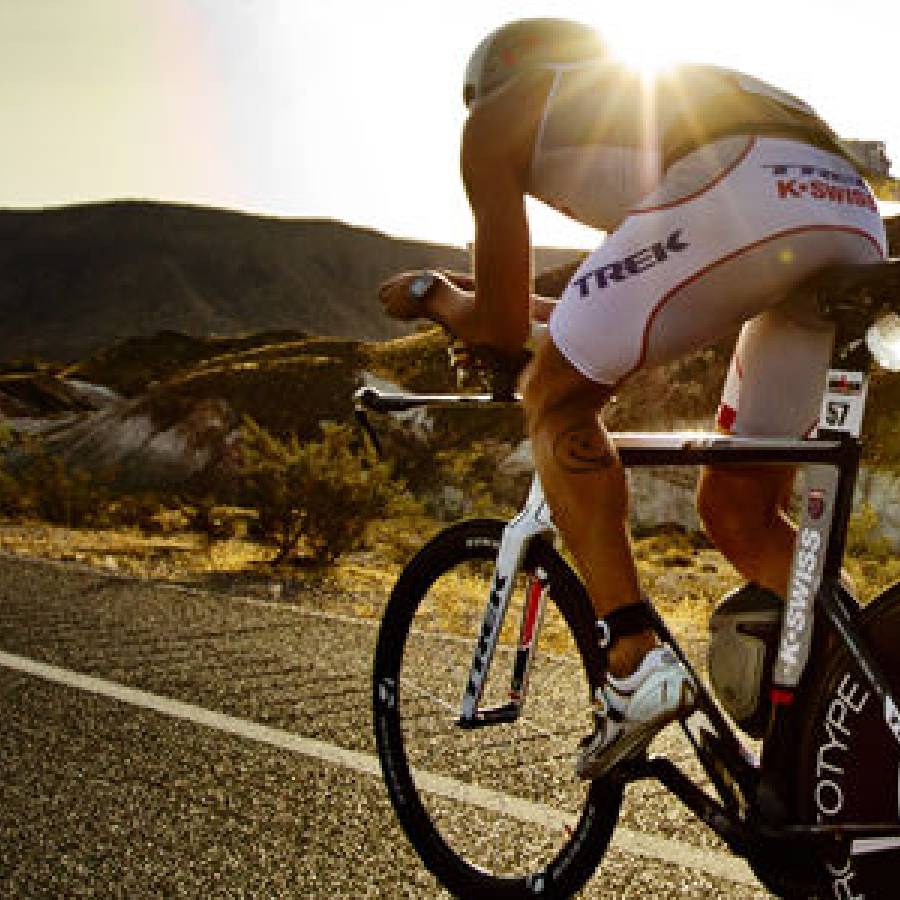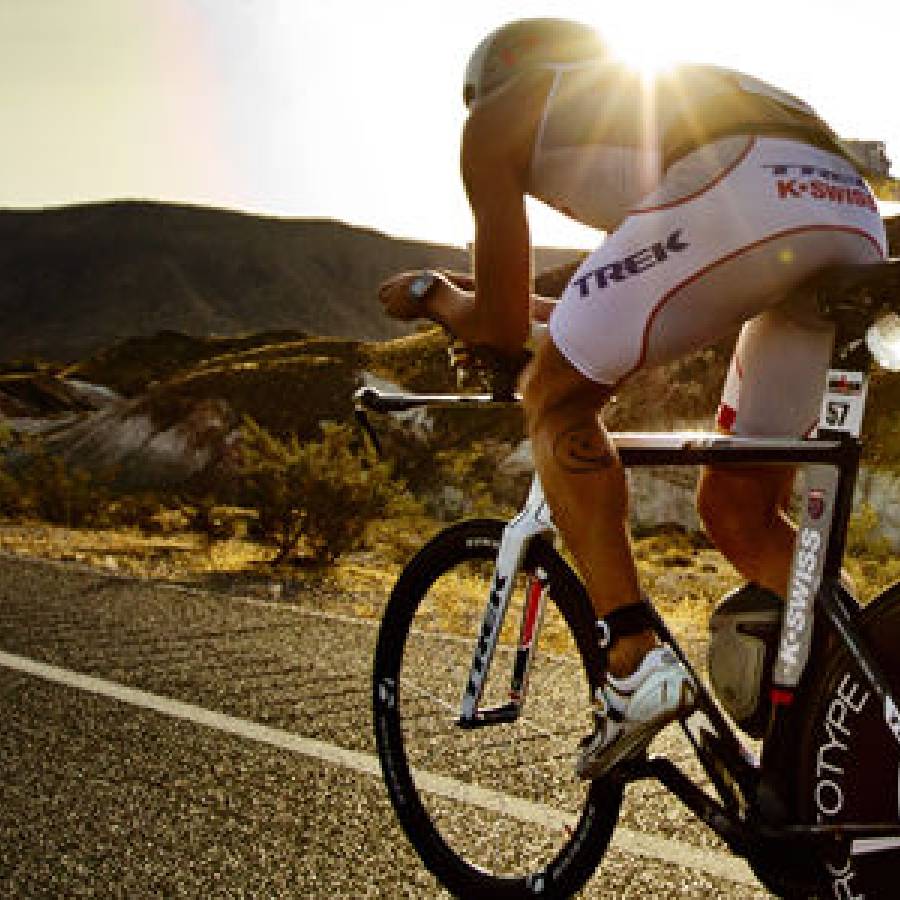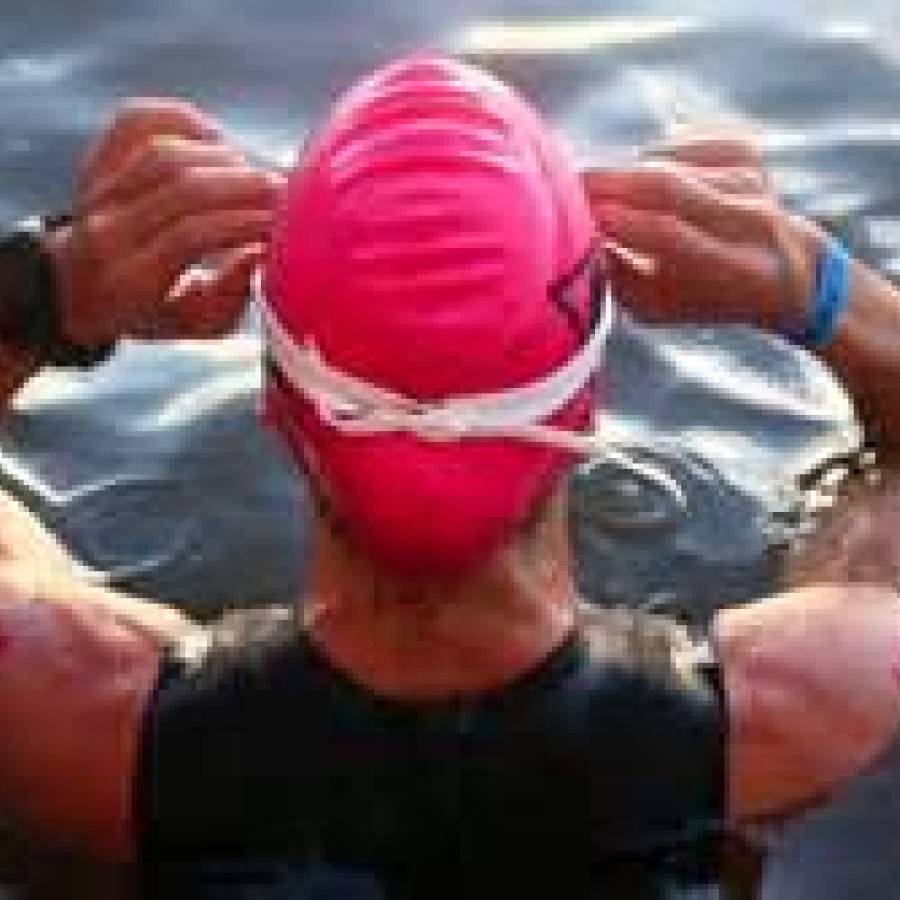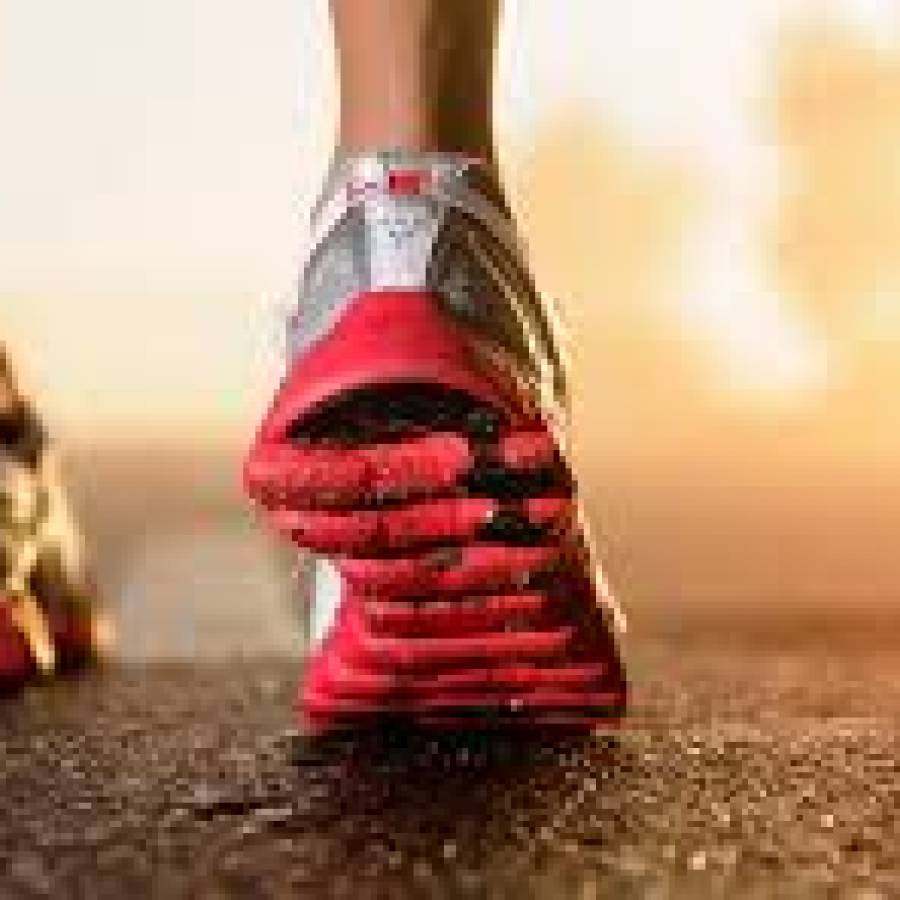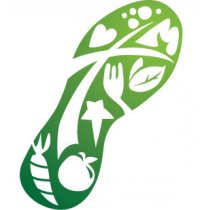
What exactly does sodium do in the body? Should I supplement with sodium when I exercise? I've heard of hyponatremia, but why is it so dangerous? This article will provide you with a better understanding of sodium as a critical electrolyte required for proper body function. Athletes have higher sodium needs compared to the general population because sodium loss escalates when one sweats. Sodium also is required for optimal hydration before, during, and after exercise; however, the specific amount is highly individual and must be practiced in training to determine appropriate supplementation. Through proper practice and planning, athletes can maintain balanced hydration and avoid many of the pitfalls of improper sodium supplementation, particularly the life-threatening condition of hyponatremia.
Sodium's Role in the Body Sodium is one of many electrolytes that are required for human life. The Food and Nutrition Board of the Institute of Medicine has detailed reports for the Dietary Recommended Intake (DRI) for sodium and other electrolytes. Sodium and chloride together create sodium chloride, commonly known as salt, and as such are often discussed together in nutritional resources. The body makes use of sodium in many ways: It plays a key role in muscle and nerve function, and it's the electrolyte responsible for maintaining fluid levels in various parts of the body.
Sodium is required for the nervous system to effectively communicate with and coordinate various parts of the body. Electrical activity, or action potentials, are generated within a neuron, or nerve cell, and pass along and between neurons in a complex pattern throughout the body to coordinate numerous functions. Without proper levels of sodium, the electrical signals in nerve cells cannot be established or transmitted, and the nervous system will fail to function properly.
Muscle function requires sodium in a similar, yet slightly different, manner. It is important to keep in mind that muscles require constant, low-level electrical stimulation from the nervous system to maintain form and proper function. For a muscle to contract and create a voluntary or involuntary movement, electrical input from a nerve is required. If sodium levels are inadequate for neuronal function, then a muscle cell will fail to function properly. Sodium is required intramuscularly, as well. When an action potential from a nerve reaches a muscle, sodium enters the muscle cell at the neuromuscular junction. This releases a flood of various other electrolytes and chemicals, which cause the muscle to contract. Without the appropriate levels of sodium, this flood would not occur, and a muscle cell would be incapable of contracting.
Although appropriate functioning of nerves and muscles requires sodium, it is not the absolute concentration of sodium that is critical — it's the ratio of sodium inside a cell compared to sodium outside a cell that is important. The sodium level in the blood and extracellular space is constantly in flux, mainly due to the amount of sodium consumed and lost on a daily basis. There is a greater concentration of sodium outside a cell than inside a cell, and the ratio between the two is more important than the absolute level of sodium.
Of the many methods in which sodium can be gained and lost, the intake of food and the output of sweat and urine are the most important. Blood sodium concentrations are maintained under precise control by various metabolic mechanisms, such as:
- Stimulation of thirst
- Secretion of antidiuretic hormone (ADH)
- Secretion of aldosterone (another hormone)
- The handling of water and sodium by the kidneys
Sodium levels and free water levels (plain water with no sodium or other electrolytes) are treated by the body as separate entities; however, they are intrinsically linked. At any point, the body can have too much or too little free water, while at the same time having too much sodium or too little sodium. As an example of the precise control the body has over this balance, sodium intake varies from 0.2 g (10 mmol)/day of sodium in the Yanomamo Indians of Brazil to over 10.3 g (450 mmol)/day in Northern Japan. This reflects the capacity of the normal human body to excrete excess sodium, or conserve it by markedly reducing losses of sodium in the urine and sweat. However, these are the extreme ends of the spectrum; the current Daily Value (DV) for sodium intake is 2.4 g/day (2400 mg).
Sodium and Exercise Sodium is the primary electrolyte lost in sweat. Therefore, when exercise exceeds one hour, the American College of Sports Medicine (ACSM) recommends consuming sodium along with fluids to replace both water and sodium lost in sweat. It is not adequate to simply take sodium tabs after a hard training session to replace lost sodium; an athlete must also consume adequate amounts of fluid with this sodium.
Sodium and water are required in appropriate ratios based on an athlete's sweat rate. It is recommended that an athlete determine their sweat rate in various conditions and consume sodium based on the amount of fluid they require. The American College of Sports Medicine recommends that people who are active for more than one hour consume 500–700 mg of sodium for every 32 oz (~1L) of water they consume. However, there are some who recommend 500–1,000 mg of sodium per liter of water, or per one hour of intense exercise Experimental data has demonstrated that sweat rate and sodium loss is highly individual, ranging from 460–1840 mg/L of sweat. This can be further influenced by numerous other factors including genetics, fitness, acclimatization, and weather conditions. As such, both the sweat rate and the amount of sodium per oz (or liter) of sweat is highly individual. Athletes must experiment in training to find the right balance that works for their body and exercise conditions.
There are ways to directly measure the concentrations of electrolytes in an individual's sweat. These include patches worn on the skin during exercise, which are then sent to a lab for analysis, and laboratory tests where an individual essentially exercises in a giant plastic bag, which is then rinsed down with pure water and the elements analyzed. These tests are very cumbersome and expensive, and the results are not terribly accurate or reliable. However, determining sweat rate is an inexpensive and convenient way to estimate sweat-related sodium loss. If an athlete knows how much weight they lose via sweat during a workout, they can then estimate the amount of sodium they need. This entails some trial and error, but it can work just as well as more expensive tests.
The major reason athletes use sodium supplements is to avoid muscle cramps. Although appropriate sodium levels are required for proper muscle function, there is no definitive cause for muscle cramps. Muscle cramps are commonly attributed to hypovolemia (low total body water) and/or hyponatremia (low sodium levels). For shorter athletic events, these seem to be less of a factor. But for events lasting more than four hours, an optimal nutrition plan, including hydration and sodium supplementation, seems to help prevent muscle cramps. However, it is highly individual, and can vary drastically from athlete to athlete.
Hyponatremia: A Closer Look For endurance athletes, hypovolemic hyponatremia is a major health concern while training and racing. Hypovolemic hyponatremia happens when both the total body water levels (volemia) as well as total body sodium levels (natremia) are low. This condition develops as sodium and free water are lost, primarily via sweat and urine, and replaced by inappropriately hypotonic (low sodium) fluids, such as plain water or an electrolyte drink with too little sodium to cover the body's sodium losses. When receptors in various parts of the body detect concentrations of sodium that are above or below the acceptable range, various mechanisms are turned on or off to either retain or excrete sodium and/or free water.
The kidneys play a central role in water and sodium balance, and certain medications, for example, nonsteroidal anti-inflammatory drugs (NSAIDs) like Advil, Motrin (ibuprofen), Aleve (naproxen), or aspirin, can hamper the kidneys' ability to appropriately handle sodium and free water. As a result, these medications should be avoided before, during, or after a race. If you want to take a pain reliever on race day, use Tylenol (acetaminophen), as this medication is metabolized by the liver and does not have a major effect on the kidneys.
When a body's concentration of sodium is low, the kidneys will reabsorb sodium destined for the urine back into the bloodstream. When this occurs, a concentration gradient is established, and water that was destined for the urine will "follow" sodium back into the bloodstream, as well. As a result, when there are low sodium concentrations in the blood, the body (specifically the kidneys) will try to correct the imbalance; however, it requires sodium from an outside source to fully correct the imbalance.
Osmosis (the flow of water across a semipermeable membrane that balances fluid concentration on both sides) is the culprit behind the major health risk of hyponatremia. When blood sodium concentrations fall rapidly below that of sodium concentrations inside the cells of the body (as they would in an endurance event), water flows down the concentration gradient from the blood into the cells, causing them to swell. This may be observed as edema (soft tissue swelling), which is common after a long race. Most tissues of the body are able to tolerate this swelling quite easily; the brain, however, does not. Brain tissue's ability to swell is limited, because it is encased by the skull. Swelling on the brain — a condition known as cerebral edema — is a very serious condition, and can cause death.
Clinically significant hyponatremia is dangerous, but relatively uncommon; it presents with nonspecific symptoms, including:
- Decreased appetite
- Nausea and vomiting
- Difficulty concentrating
- Confusion • Lethargy
- Agitation
- Headache
- Seizures
In the early stages, an athlete may feel he or she is simply dehydrated, and will drink plain water: This only worsens the problem. At the first sign of nausea, muscle cramps, or disorientation, an athlete should drink a sodium-rich sports drink or eat salty foods. If the symptoms are extreme, medical help should be sought immediately.
The goal, of course, is to never reach this point, and that is where nutrition planning and practice are key — particularly for endurance events lasting 4–5 hours.
When Your Doctor Advises You to Avoid Sodium Sodium chloride (salt) is ubiquitous in the Western diet, and has gotten a bad reputation. While it is true that individuals with high blood pressure, kidney or cardiac problems, and other medical conditions need to avoid sodium, people that are healthy are able to process large amounts of sodium in their bodies with very little impact on their immediate health. Consuming large amounts of salt increases the sodium concentration both in the blood and outside the body's cells (extracellular space). As a result, the body will compensate by increasing the amount of free water in the blood and extracellular space to reestablish an appropriate sodium concentration relative to that which is inside the body’s cells. This increases total volume of the blood, and potentially increases blood pressure and the amount of stress on the heart. In healthy individuals, this increase has minimal immediate impact; however, if this occurs often and chronically, negative long term consequences can result, including heart disease and vascular disease.
There are enormous amounts of sodium in many foods, particularly those that are prepackaged or served in a restaurant. For example, a single serving of many frozen dinners can contain almost 1,000 mg of sodium, almost half of one's recommended daily intake. Individuals that are physically inactive and consume large amounts of sodium could be putting themselves at risk for health problems later in life. However, athletes lose more sodium than the average population, and as such, may have slightly higher daily sodium needs; they should therefore make sure they consume enough sodium, particularly after exercise. Sodium is an essential electrolyte, and should not be avoided: Individuals should simply be aware of how much sodium is in the foods they consume.
In addition to sodium supplementation during exercise, consuming adequate sodium before and after exercise is also important for optimal hydration. Consuming sodium in conjunction with fluid will cause an increase in total body water volume, which can help "top off the tank" before exercise or "refill the tank" after exercise. Beginning a workout or race fully hydrated helps improve performance and allows for greater fluid losses before performance is negatively impacted. In addition, consuming salty foods with fluid after a workout, when an athlete may be slightly hyponatremic, will aid in rehydration and recovery. Another good time to allow your sodium consumption to climb is in the days prior to a long race; this way, you are starting a race fully volume-loaded.
Sodium: A Closer Look
By: Alex M. McDonald
MD, Medical Doctor and Professional Triathlete

